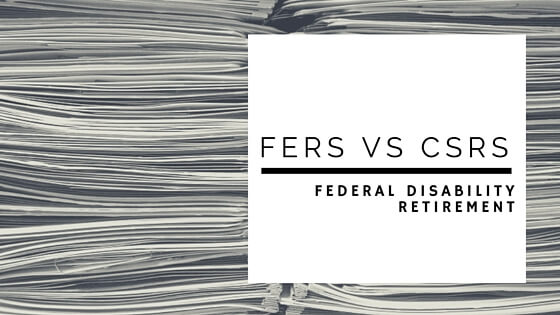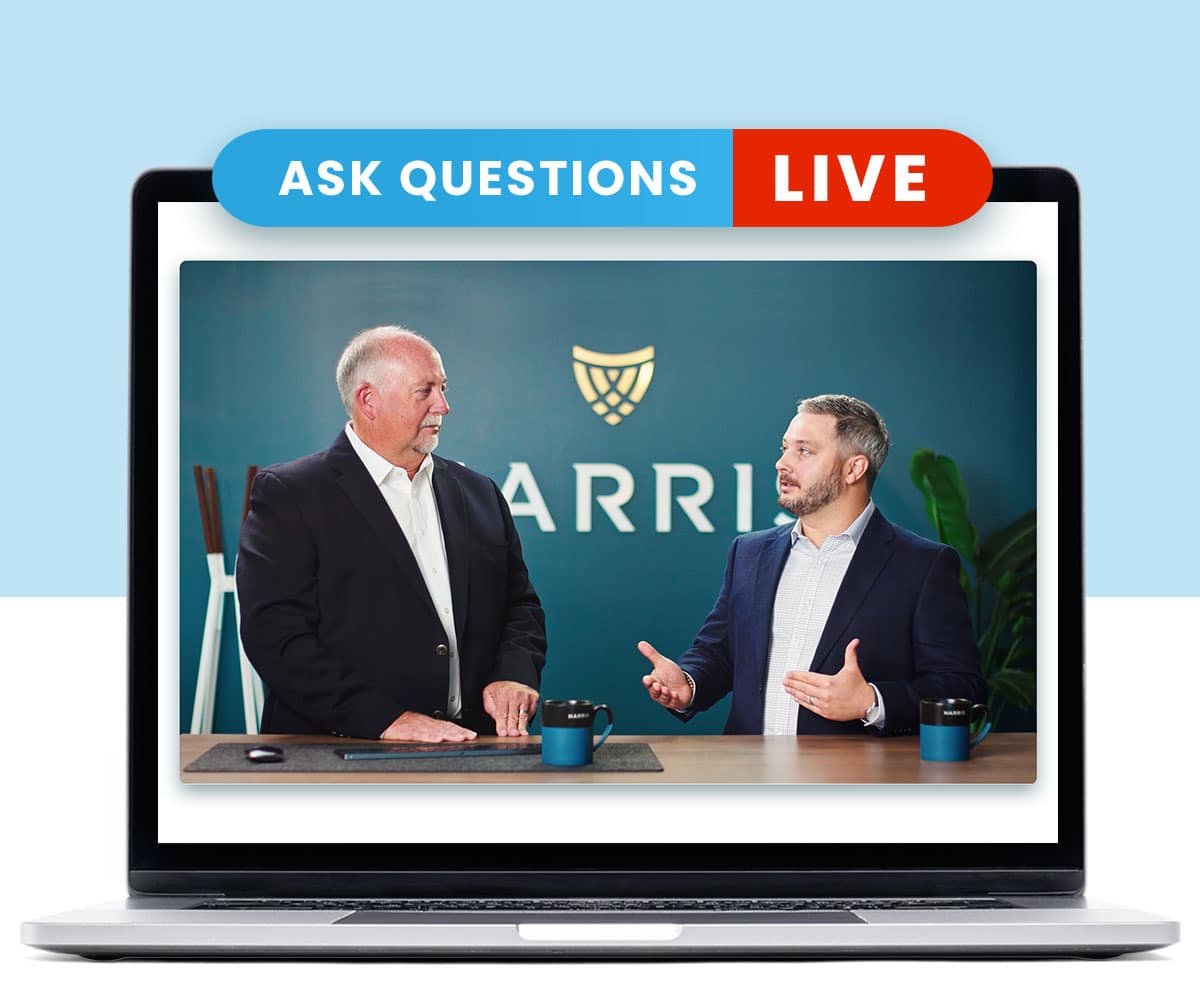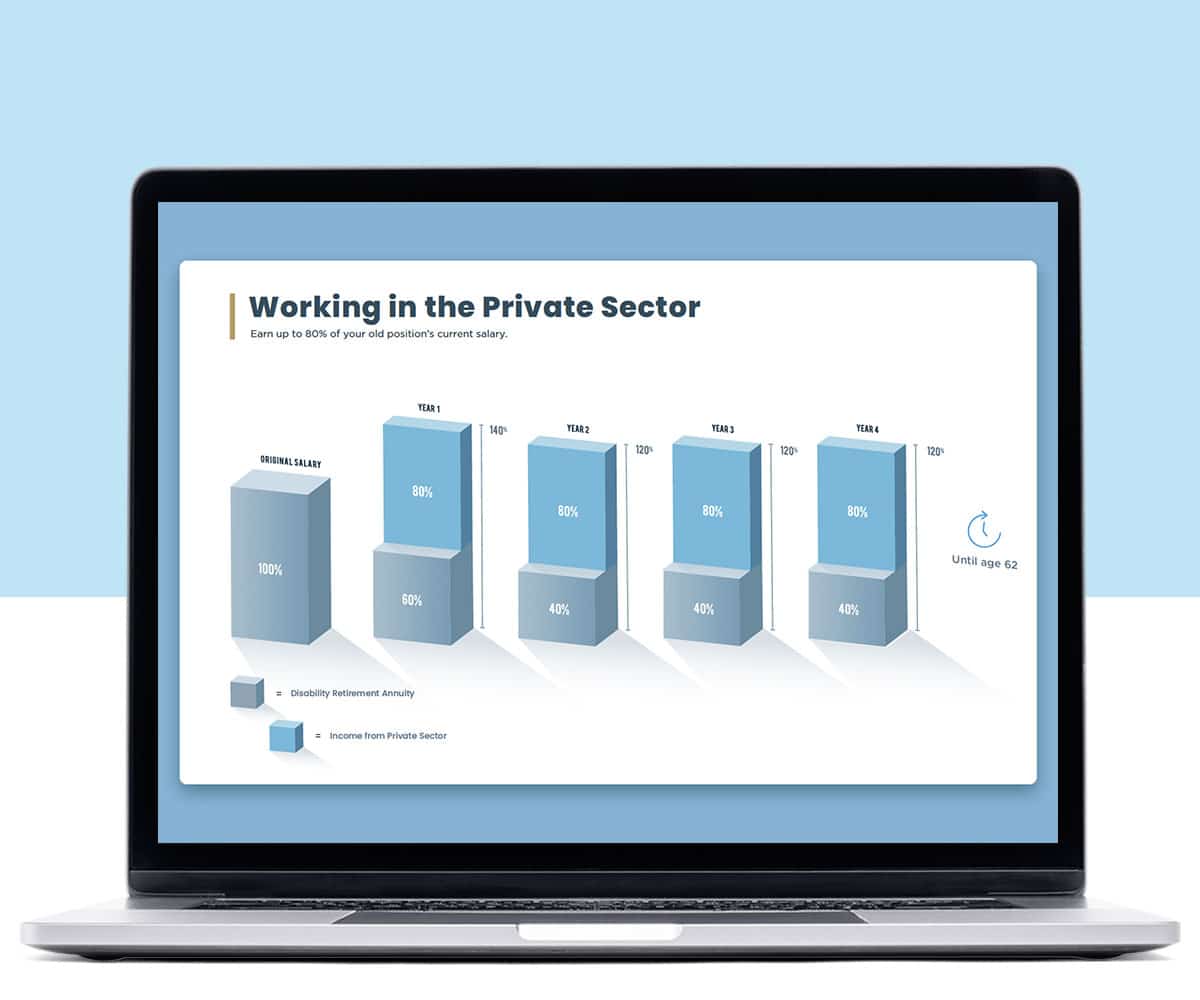There are two retirement systems for federal workers: the Federal Employees Retirement System (FERS), and the Civil Service Retirement System (CSRS). When FERS was introduced in 1984, federal employees were given the option to convert from CSRS to FERS. The ability to choose between the two retirement plans is no longer available, and now all federal workers are automatically enrolled in FERS. Only those who were employed with the federal government prior to 1984 and chose to remain in CSRS instead of converting to FERS, are eligible for CSRS.
Since it has been over thirty years since FERS was introduced, few CSRS employees remain in the federal system. For this reason, most of our blogs and articles are centered around FERS disability retirement, though we absolutely still represent the CSRS employees who reach out to us for legal assistance.
FERS vs CSRS: What’s the Difference?
CSRS: One Defined Benefit
CSRS was formed in 1920, and is similar to other classic pension plans established by companies and labor unions at the time. CSRS is a defined benefit, and federal workers can contribute seven to eight percent of pay to the program. When they retire, they receive a defined annuity throughout the rest of their life. Generally, CSRS employees do not have to pay into Social Security retirement; however, they do have to contribute the Medicare tax.
How CSRS is Calculated
To receive CSRS annuity, federal workers generally must be at least age 55, and have served in the federal government for 30 years. The CSRS annuity amounts to 1.5 percent of the employee’s salary for the first five years of service, 1.75 percent for the second five years and 2 percent for the remaining years of service. For each additional year after 30 years of service, the federal employee’s annuity would increase by 2%.
For example, if a federal worker retires at age 55 with 30 years of experience, their annuity would amount to 56.25 percent of their salary. In contrast, if a federal worker retires at age 55 with 33 years of service, their annuity would amount to 62.25 percent.
This defined benefit pension plan was relatively simple and straightforward. Federal workers did not have to worry about saving for retirement on their own. As the average life expectancy continued to rise, pension plans were no longer viable, and in the 1980’s the federal government and most corporations reverted to savings-based retirement systems. This resulted in what is today known as a 401 (k) in the private sector, and the federal government’s transition to FERS.
FERS: Three-Part Benefit
Retirees enrolled in FERS receive a benefits package which consists of three components: a pension, Thrift Savings Plan (similar to a 401(k)) and Social Security. Since it consists of three parts, the pension package is smaller (about 1 percent of your average high-3 salary for each year of service); however, the Thrift Savings Plan and Social Security benefits are more compatible with private sector retirement plans, which allows more flexibility for mid-level professionals when transitioning in or out of the federal workforce.
FERS Minimum Retirement Age
To account for the shift to a longer life expectancy, FERS also increased the minimum retirement age (MRA). While the MRA for employees enrolled in CSRS is 55, the MRA for FERS employees adjusts on a sliding scale from 55 to 57. To see how the MRA eligibility varies, check out this helpful chart on the Office of Personnel Management’s (OPM) website.
Disability Retirement: FERS vs CSRS
Eligibility
The differences between both FERS and CSRS retirement also extend to disability retirement. To be eligible for disability retirement under FERS, a federal worker must have completed at least 18 months of FERS creditable service. In contrast, a federal employee enrolled in CSRS must have worked with the federal government for at least 5 years.
The Calculation
For CSRS employees, the annuity is essentially the same as their regular retirement pension, except they will not have to pay a penalty fee for withdrawing from their pension early.
For FERS employees, disability retirement annuitants receive 60 percent of their high-three salary average for the first year their receive disability retirement annuity. After the first year, they receive 40 percent of their high-three salary
To qualify for federal disability retirement, a FERS employee MUST apply for Social Security Disability; however, they do not have to be approved. If a federal worker is approved for Social Security disability, then there is an offset to their disability retirement annuity. For the first year receiving disability retirement, a federal worker will receive 60 percent of their high-three salary minus 100 percent of their Social Security disability benefit. After the first year, the federal worker will then receive 40 percent of their high-three salary minus 60 percent of their Social Security disability.
Remember, this offset only exists if a federal worker is approved for Social Security disability.
We’ve helped federal workers pursue disability retirement benefits for years, and have extensive experience working with both FERS and CSRS employees. If you need a FERS disability retirement lawyer or a CSRS disability retirement lawyer, call Harris Federal at (877) 226-2723, or fill out our INQUIRY FORM for a free consultation.



